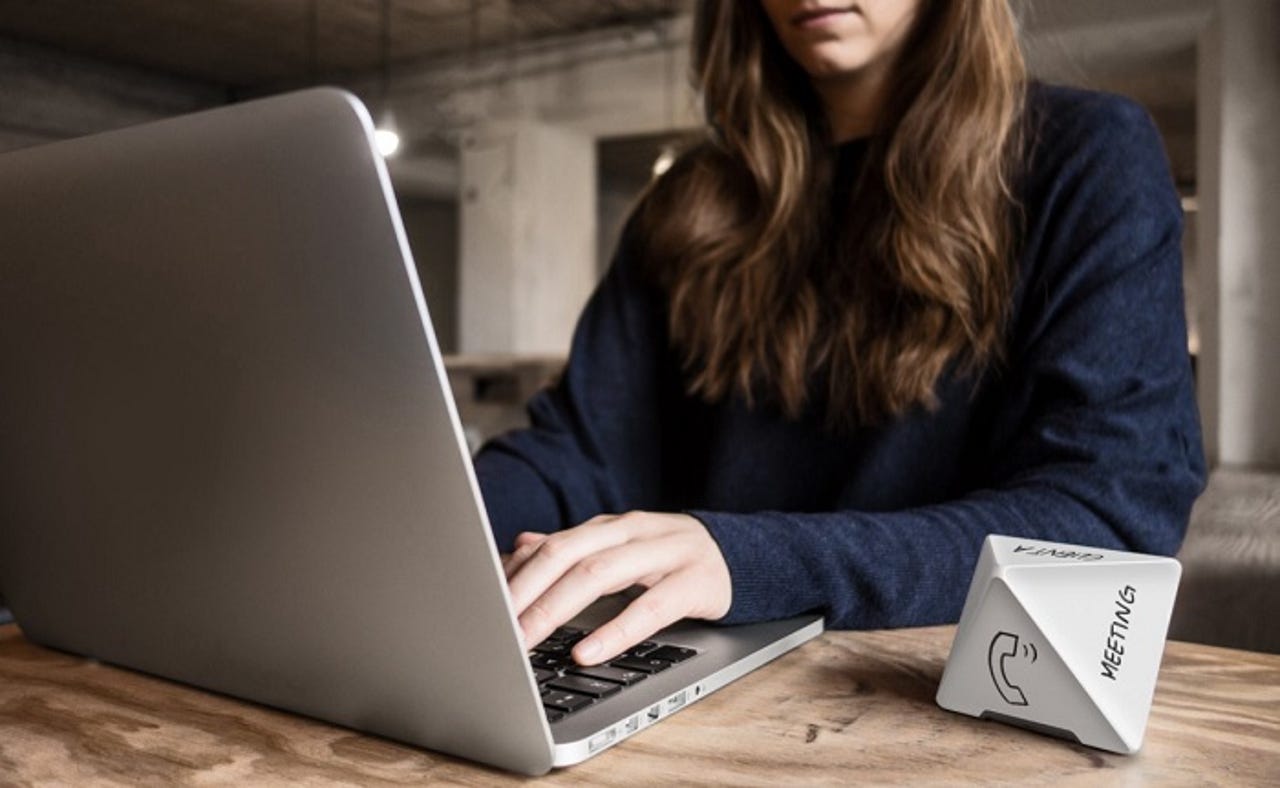Sorry enterprise social networks, email still dominant form of work, personal communication


Enterprise social networks are supposed to reinvent how work gets done and employees collaborate, but just 1 percent of workers consider the tools a preferred way to communicate, according to an Adobe survey.
According to Adobe's annual consumer email survey, email remains the dominant form of work communication, yet people are spending less time checking it. There are even hints that people are trying to find a bit of work-life balance. Meanwhile, there has been a surge in face-to-face communication as a preferred way to communicate.
Adobe's email survey lands as the company adds new tools and its Sensei artificial intelligence to its Adobe Campaign email marketing suite. AI will be used to pick the best images for email marketing and predict churn. The survey is interesting because it highlights where email usage is headed directionally and how what's deemed a tired communication tool is still effective.
The survey is based on 1,007 US respondents who were white collar employees and owned a smartphone. Forty-two percent of respondents came to the office daily, with 28 percent coming a few days a month. Thirty percent of respondents worked remote on a regular basis or full time. Here's a look at some of the takeaways:
- Eighty-two percent of work emails and 60 percent of personal emails are open. Of the emails opened, 83 percent of work emails and 63 percent of personal emails were read.
- Respondents expect email use both personal and work to remain the same over the next two years.
- Sixty-one percent of respondents would like to be contacted by brands through email, but these people want more information and less promotions. The catch is that marketing email provide two-fifths or respondents with incentive to make a purchase.
- Forty-four percent of workers checked email every few hours outside of normal work hours.
- The mean number of hours per weekday checking work email was 3.3, down from 4.1 a year ago. Personal email mean number of hours was 2.1, down from 3.3 in 2016. Males and those 35 or older were most likely to spend one hour or less on email. Adobe noted that fewer people were checking email in bed and more older workers were waiting until they arrived at the office.
- On the life-balance front, 46 percent of people checked email while on vacation in the last month, 69 percent while watching TV and 43 percent while in the bathroom. Checking email while on vacation, walking, and while working out all fell significantly relative to 2016.
- Sixty-two percent of respondents said they prefer to check work email on a desktop or laptop, with 35 percent preferring the smartphone. Tablets were the primary device only 4 percent of the time. Smartwatches didn't register.
- Forty-five percent of respondents said their primary emotion when checking email was indifference with 21 percent citing accomplished. Fourteen percent cited anxiety followed by excitement at 13 percent. Excitement to check work email was highest among those 18 to 24 years old at 29 percent.
- Fifty-two percent of respondents said their company's primary communication tool was email, with 20 percent citing in-person meetings. The phone was the primary tool for 13 percent, followed by instant messaging at 9 percent, video conferencing at 4 percent and enterprise social networks at 2 percent.
- Twenty-eight percent of respondents said instant messaging is the communication method that has innovated the most over the last five years, followed by email and video conferencing and chat at 21 percent each. Only 4 percent said enterprise social networks have innovated.
And finally inbox zero is a comical concept that half of respondents actually achieved.
Congratulations.